West Nile found in mosquitoes in Berkshire County
| Published: 07-05-2017 4:22 PM |
NORTHAMPTON — The Massachusetts Department of Public Health has detected West Nile virus in the state’s mosquitoes for the first time this year in a sample collected on June 27 in Berkshire County.
There have been no confirmed human or animal cases of West Nile virus yet this year, however, and there is no elevated risk level associated with the latest finding in the town of Richmond, according to the Department of Public Health.
“The first WNV positive mosquito is often identified in Massachusetts during the last week in June,” Catherine Brown, the department’s deputy state epidemiologist said in a statement. “Risk for human infection generally builds through the season with peak risk occurring in August.’’
But after one of the wettest springs ever recorded in the Northeast, experts like Brown are watching to see whether an increased number of mosquitoes will result in a rise in mosquito-borne illnesses later in the summer.
There were 16 human cases of the virus in Massachusetts last year, and recent weather patterns seem to suggest that there could be an eventual increase in West Nile this year.
“That type of sort of intermittent heavy rainfall is ideal for the Culex species of mosquitoes, which are the ones that tend to spread West Nile virus in Massachusetts,” Brown said.
Although most people infected by West Nile are asymptomatic, the virus can cause fever and flu-like symptoms. People older than 50 are at higher risk of severe disease, according to the state health officials.
West Nile virus, however, is typically more common in urban areas like Boston, Pittsfield or West Springfield than in more rural communities, Brown said. Nevertheless, she added, it’s important for everyone to start thinking about mosquito-borne illnesses.
Article continues after...
Yesterday's Most Read Articles
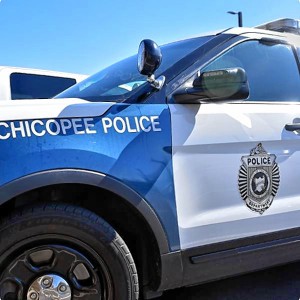 South Hadley man fatally shot in attempted robbery
South Hadley man fatally shot in attempted robbery
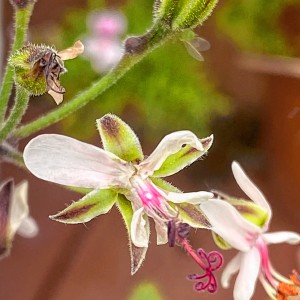 Smith College exhibit explores Sylvia Plath’s botanical inspiration
Smith College exhibit explores Sylvia Plath’s botanical inspiration
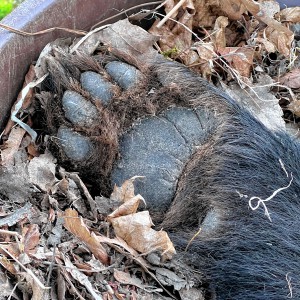 Holyoke man finds bear paw in his yard
Holyoke man finds bear paw in his yard
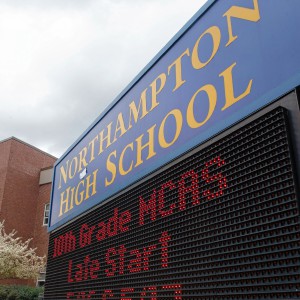 Guest columnist Bill Dwight: How to make sense of Northampton’s school budget dilemma
Guest columnist Bill Dwight: How to make sense of Northampton’s school budget dilemma
 South Hadley’s Lauren Marjanski signs National Letter of Intent to play soccer at Siena College
South Hadley’s Lauren Marjanski signs National Letter of Intent to play soccer at Siena College
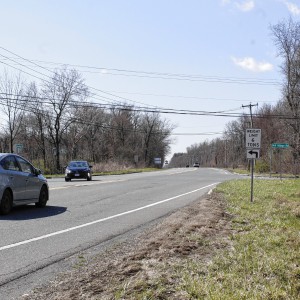 Deerfield residents petitioning to fix ‘dangerous’ intersection
Deerfield residents petitioning to fix ‘dangerous’ intersection
“I do think this is a good time of year for people to start raising their awareness about the presence of mosquitoes,” she said. “And it’s a good time to start making the use of mosquito repellant a daily habit.”
Public health experts recommend several steps for avoiding mosquito bites: using insect repellent with an EPA-registered ingredient like DEET, permethrin, picaridin or oil of eucalyptus; wearing long sleeves, pants and socks when outdoors; staying indoors during peak mosquito hours, which occur from dusk to dawn; installing screens on windows and doors to keep mosquitoes from coming inside; and draining standing water to limit the places where mosquitoes can breed near the home.
Also a concern for public health officials is Eastern Equine Encephalitis, or EEE — a rarer and more dangerous mosquito-borne illness that has the potential to cause brain damage and even death.
Typically, Brown said, EEE activity is clustered in southeastern Massachusetts, where cedar swamps provide ideal breeding grounds. Though increased water levels in those swamps mean expanded habitats for those mosquitoes, the species lay eggs in the fall and hatch in the spring.
Climate change and other factors, however, have led to recent EEE activity in other parts of the state, including the Pioneer Valley.
“What I’m really concerned about is EEE, ” Northampton Public Health Director Merridith O’Leary said. “We now kind of have that collective type of environment that can support the breeding of the type of mosquitoes that carry EEE.”
Much of the eastern part of the state, as well as parts of Berkshire County, are part of so-called mosquito control districts — regional programs, overseen by the Department of Agricultural Resources, that take on mosquito control efforts, including habitat abatement.
No community in the Pioneer Valley, however, belongs to a mosquito control district, partly because mosquitoes haven’t posed as much of a risk as in the eastern part of the state. O’Leary said there are efforts underway to form a mosquito control district in the Valley, with communities like West Springfield and Deerfield leading the way.
“I’m hoping,” O’Leary said when asked if she thinks a mosquito control district is forthcoming. The problem, she said, is funding. “It’s very expensive for communities to buy into these mosquito control districts and the services they provide.”
To address those costs, O’Leary said communities have been discussing a kind of “a la carte” mosquito control system in which towns could purchase the services they wanted.
In the absence of a mosquito control district, several communities have independently undertaken mosquito surveillance and habitat abatement efforts. Greenfield and Deerfield together negotiated a contract with the company Vector Disease Control International to monitor mosquitoes in both towns, as has Northampton.
O’Leary said Northampton is testing mosquitoes every week to monitor the region for mosquito-borne illnesses, and will be posting detailed results from those tests on the city's website. The city is also adding larvicide to known breeding sites and catch basins.
Brown, the deputy state epidemiologist, said monitoring efforts give epidemiologists the tools they need to know what risk mosquito-borne illnesses pose in any given period of time.
“I can make educated guesses right now, but it’s better to better to have data and to use that to inform people,” she said.
Regardless of what the data eventually say, the advice from public health experts remains the same — practice self-prevention and stay informed about how to best avoid mosquito bites.
Dusty Christensen can be reached at dchristensen@gazettenet.com.

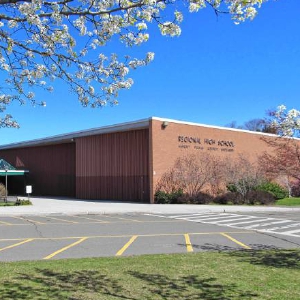 Amherst regional district towns seek middle ground on school increase
Amherst regional district towns seek middle ground on school increase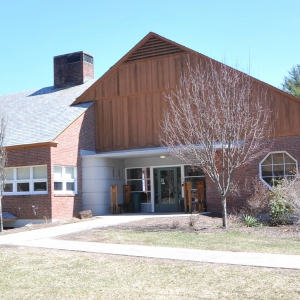 Leverett Town Meeting voters will decide cease-fire call, budgets, town elections
Leverett Town Meeting voters will decide cease-fire call, budgets, town elections  A Look Back: April 22
A Look Back: April 22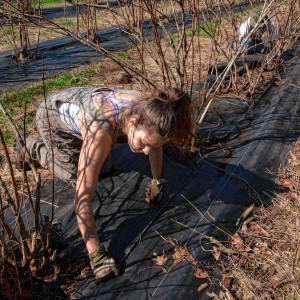 Regional farming alliance strengthens educational, networking opportunities for apprentices
Regional farming alliance strengthens educational, networking opportunities for apprentices
